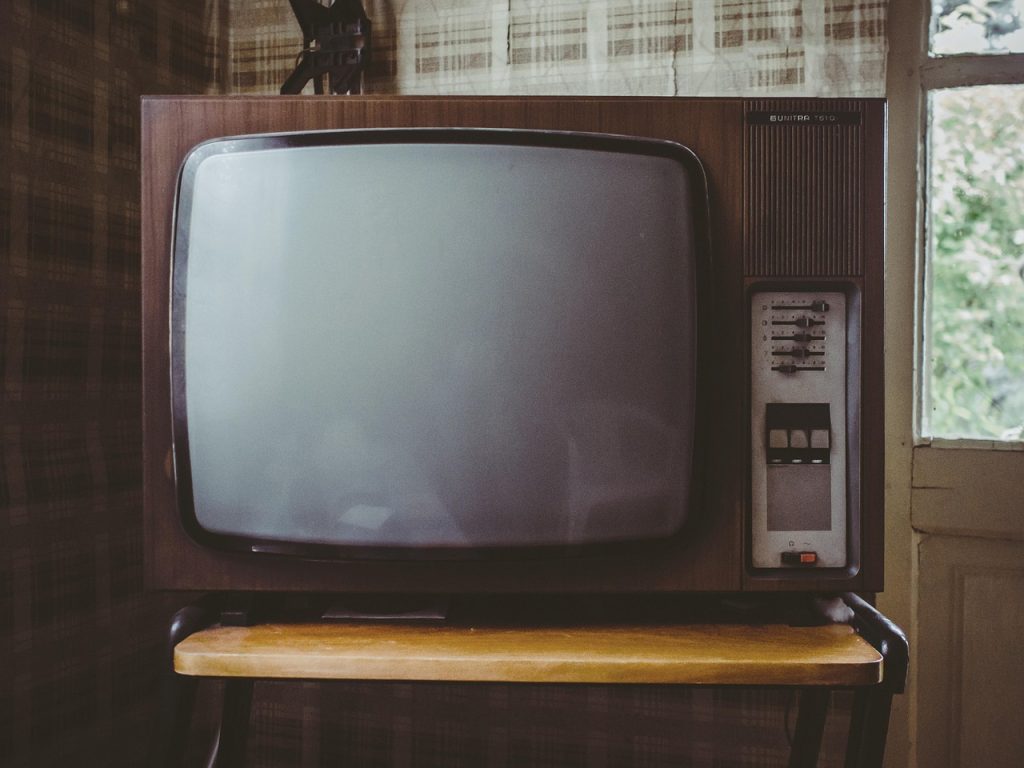
Image Source: pixabay.com
Baby Boomers grew up during the golden age of television, when cable TV revolutionized home entertainment. Despite the streaming revolution that’s captured younger generations, many Boomers remain steadfastly loyal to their cable subscriptions. This resistance to cutting the cord isn’t merely about technological hesitation—it reflects deeper psychological, practical, and habitual factors that streaming services haven’t fully addressed. Understanding this cable TV loyalty helps bridge the generational digital divide and explains why traditional television continues to command billions in revenue despite streaming’s rise. The persistence of cable among Boomers is a testament to the enduring power of established habits and the unique value that traditional TV still offers, even in a rapidly changing media landscape.
1. Comfort in Familiar Routines
For many Boomers, cable TV represents a comfortable routine that has been established over decades. The familiar channel guide, predictable programming schedules, and ritual of “tuning in” at specific times create a structure that disrupts streaming’s on-demand nature. According to a Pew Research study, 61% of Americans 65+ have home broadband, but many maintain cable alongside it, preferring the established viewing patterns.
The act of channel surfing—casually browsing through options until something catches interest—remains deeply satisfying to this generation. Streaming requires more deliberate selection, which can feel like work rather than relaxation. This difference between passive and active entertainment significantly influences viewing preferences. For Boomers, the comfort of simply turning on the TV and letting content flow, without the need to make constant choices, is a form of relaxation that streaming’s endless menus and recommendations can’t quite replicate. The nostalgia associated with long-standing TV habits also plays a role, as these routines are often tied to family memories and a sense of continuity.
2. News and Local Programming Dependency
Cable TV excels at delivering live news, weather, and local programming—content categories particularly important to Boomers. A Nielsen report shows that adults 55+ watch significantly more news programming than younger demographics.
Local news provides community connection and practical information about nearby events, weather patterns, and emergencies. While streaming services have expanded their offerings, they haven’t fully replicated cable networks’ comprehensive local coverage. This creates a genuine utility value that transcends mere entertainment preferences. For many Boomers, the ability to quickly access trusted local news anchors and familiar stations is a source of reassurance, especially during times of crisis or rapidly changing events. The immediacy and reliability of cable news, with its live updates and breaking coverage, are difficult for streaming platforms to match, especially when local content is fragmented or delayed.
3. Technical Barriers and Multiple Device Fatigue
Navigating multiple streaming services requires digital fluency, which some Boomers find challenging. Creating accounts, remembering passwords, switching between apps, and troubleshooting connection issues are friction points that cable TV eliminates.
The proliferation of streaming options has created its own complexity. Rather than simplifying entertainment, viewers now must manage subscriptions across numerous platforms, each with different interfaces and billing systems. For many Boomers, the consolidated simplicity of a single cable bill and unified interface represents meaningful value. The learning curve associated with smart TVs, streaming sticks, and app updates can be daunting, leading to frustration and a preference for the straightforward, all-in-one experience that cable provides. Additionally, internet reliability and buffering concerns can make streaming feel less dependable, reinforcing the appeal of cable’s plug-and-play reliability.
4. Sports Programming and Live Events
Live sports remain cable’s most substantial advantage. While streaming services increasingly offer sports content, blackout restrictions, delayed broadcasts, and fragmented rights agreements mean comprehensive sports viewing often still requires cable subscriptions.
Significant events like the Olympics, championship games, and tournament coverage remain predominantly cable-centric experiences. For Boomers who grew up with sports as communal viewing experiences, cable reliability for these events represents significant value that streaming hasn’t fully matched. The tradition of gathering with friends or family to watch a big game, complete with pre-game shows and post-game analysis, is deeply ingrained. Cable’s ability to deliver high-quality, real-time broadcasts without lag or technical hiccups is a major selling point, especially for those who value live sports’ social and emotional aspects.
5. The Social Aspect of Scheduled Programming
Cable TV’s scheduled programming creates shared cultural moments that diminish on-demand viewing. When everyone watches a show at the same time, it creates conversation opportunities and cultural touchpoints. This synchronicity matters particularly to Boomers who value these collective experiences.
The water-cooler conversations about last night’s episode represent social currency that streaming’s individualized viewing schedules disrupt. For a generation that values these shared experiences, this represents a meaningful loss that streaming’s convenience doesn’t necessarily offset. Scheduled programming also helps structure social gatherings, such as family movie nights or weekly viewing parties, fostering a sense of togetherness that is harder to achieve when everyone watches different shows at different times.
The Comfort-Innovation Balance: Finding Middle Ground
Rather than viewing Boomers’ cable loyalty as technological resistance, we might better understand it as a rational preference based on genuine benefits that streaming hasn’t fully replicated. The comprehensive package of familiar interface, local programming, simplified billing, reliable sports coverage, and communal viewing experience represents real value transcending mere habit.
As streaming services evolve, those that successfully incorporate these elements—perhaps through better live programming, simplified interfaces, and more comprehensive local content—may finally convince this generation to cut the cord. Until then, cable’s continued relevance demonstrates that innovation doesn’t always immediately displace established technologies when they serve genuine needs. The future of television may well depend on how effectively streaming platforms can blend the best of both worlds, offering the flexibility and variety of digital content while preserving the comfort, reliability, and community that cable has long provided.
Have you noticed differences in how generations in your family consume television? What features would streaming services need to add to convince the cable-loyal viewers in your life to make the switch?
Read More